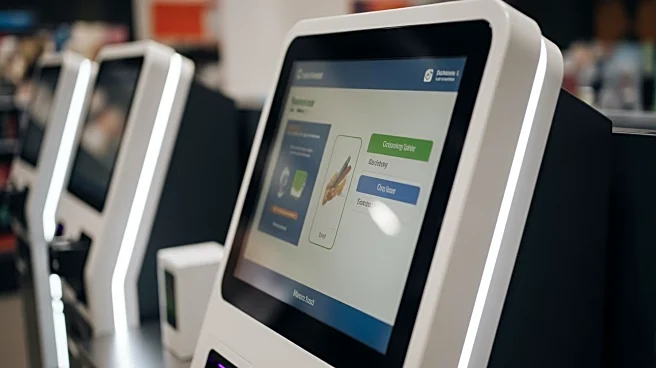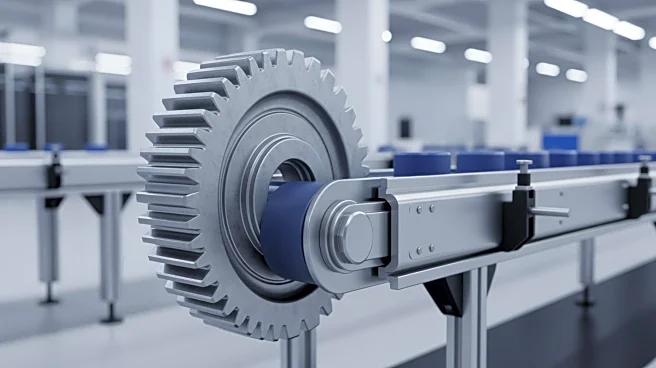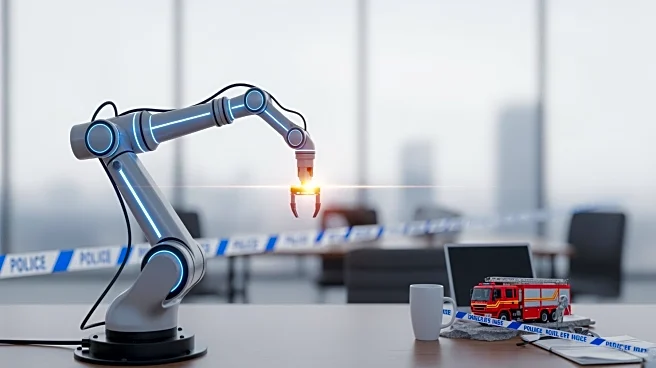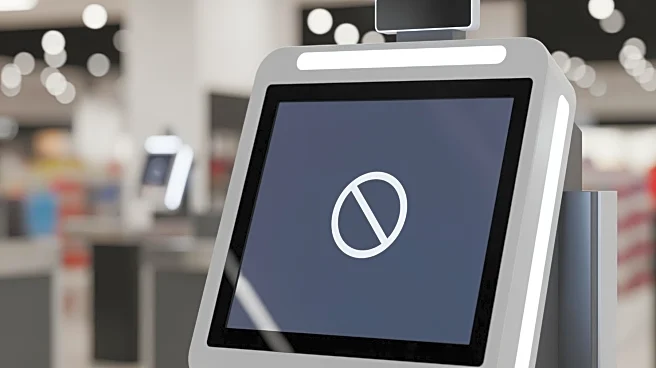What's Happening?
Adriana Rivas has released a new book titled 'How to Implement Self-Service Without Failing,' which serves as a comprehensive guide for businesses considering the adoption of self-service checkouts. The
book is designed to assist decision-makers in various organizations, from small businesses to large corporations, in understanding the benefits and challenges associated with self-service technology. Rivas provides practical advice on creating project timelines and assembling teams comprising IT and operations personnel to address different concerns. The book is praised for its straightforward language and real-world examples, making it accessible to business leaders across industries.
Why It's Important?
The introduction of self-service checkouts has transformed the retail industry by streamlining the checkout process and reducing wait times for consumers. Rivas' book is significant as it addresses the hesitations some businesses may have about adopting this technology, such as staff acceptance and technical issues. By offering a clear roadmap for implementation, the book could encourage more businesses to embrace self-service solutions, potentially leading to increased efficiency and cost savings. This shift could impact the retail sector significantly, influencing consumer experiences and operational strategies.
What's Next?
Businesses that choose to implement self-service checkouts following the guidance in Rivas' book may experience changes in customer service dynamics and employee roles. As more companies adopt this technology, there could be a broader industry trend towards automation and digital solutions in retail operations. Stakeholders, including business leaders and technology providers, may need to collaborate to address any emerging challenges and optimize the integration of self-service systems.
Beyond the Headlines
The adoption of self-service checkouts raises questions about the future of human interaction in retail environments. While the technology offers efficiency, it also prompts discussions about the balance between automation and personalized customer service. Additionally, the shift may require businesses to invest in employee training and development to adapt to new roles and responsibilities.











